-50% sur les e-liquides et arômes avec le code : MOIT-MOIT
 0 Cart
0 Cart No product
The charging of the batteries, a history of electrical properties
Tips & Advice 12/01/2024  590
590
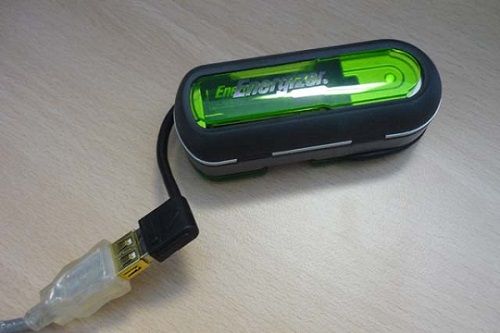
Do you have to disassemble the battery or use a USB charger to recharge it? Here is a question that separates the vapers. If we have the habit of directly charging the battery box via a direct usb charger, some users have found that it behaves oddly or dangerously. Why should we insist on what can be harmful to our device? Is it a question of economy or a question of performance? In truth, they are both! Before deciding on a hasty decision on the choice of charging the battery, let's dig deeper into the real reasons.
Convenience first and foremost
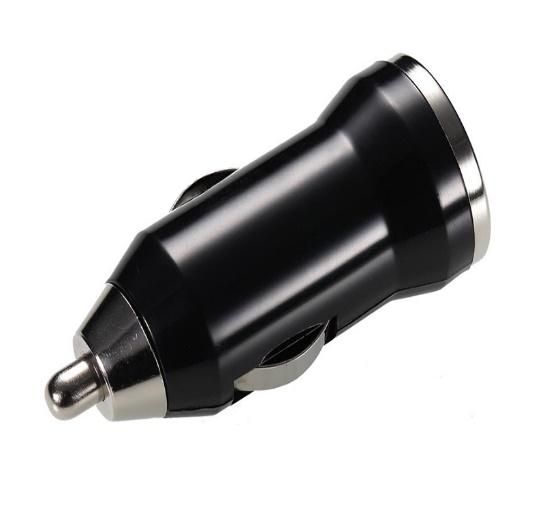
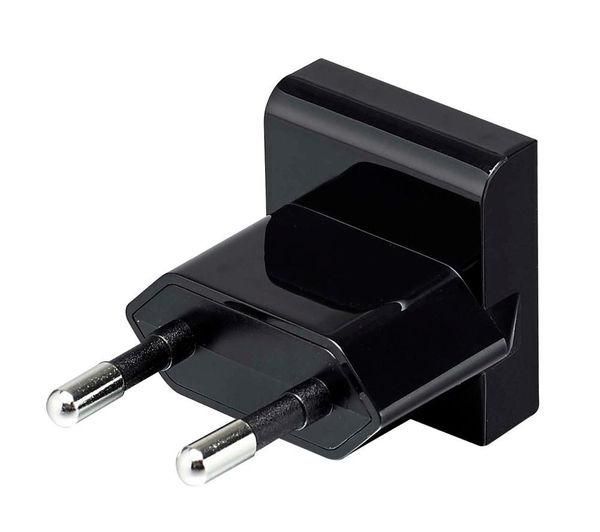
Although it serves as life of the e-cigarette, the battery (for accumulator) is a specialized battery that is as determining in its performance role as energy distributor. One can choose his type of battery among many models which have, each one, a different setting and which, behaves accordingly in a special way in the preparation of the vape. It is from the moment that the accu is used as direct responsible for the quality that the debate arises. The electricity redistributed by the box depends largely on the accumulated energy, in the sense that the material used to recharge it influences its future behavior! Not clear ? Let's go into detail.
What is an accu?
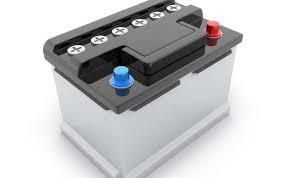
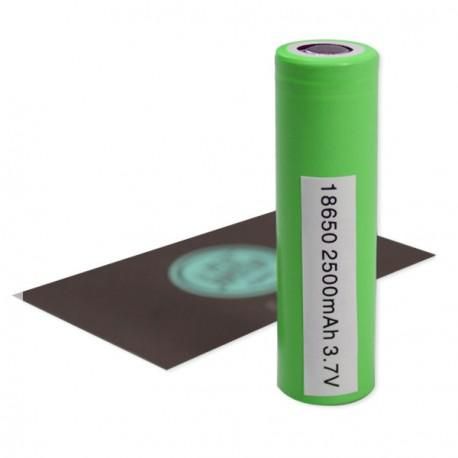
It is a shortened term of the word electric accumulator, which means a storage of electrical energy in a chemical universe (such as rechargeable batteries or batteries) which receives it, reconditions it, and can redistribute it in the future. In order to perform this sharing, the battery undergoes a charge and discharge cycle. It is when it shares (when discharging) that the receiver manages to operate, according to electrical parameters required by its electronic system. Many fundamental elements constitute the configuration of an accumulated and discharged charge.
What happens in a battery?
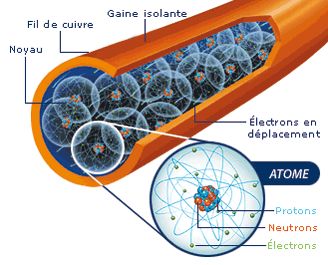
A battery has two poles, one positive and one negative. These two electrodes are connected in an electric circuit with a charging apparatus for storing energy. Inside is a chemical solution composed of conductive materials (nickel-cadmium, lithium, lead ...) in which these electrodes are placed. When it is paired with a receptacle such as a bulb for example, the circuit closes and the chemical elements begin to undertake a reaction based on a liberation of traveling electrons (from negative charge to positive charge) that we will call electric current, until there is no more (the battery is discharged). The big difference between a battery is a battery is that it is rechargeable, and once unloaded, we can rearrange this chemical reaction a thousand times.
The journey of electricity in the battery
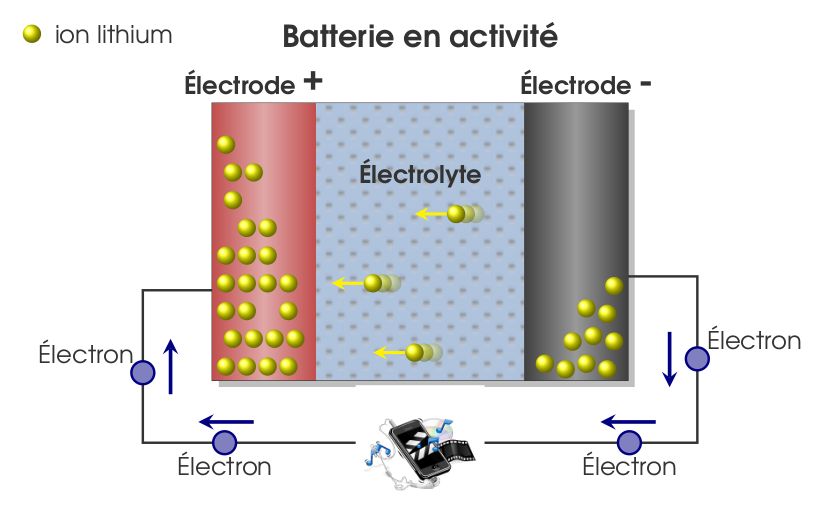
It should be known that the movement of electricity is not homogeneous with any circuit since the transfer of the electrons behaves differently according to the accumulated energy and the redistributed load. It can be so, faster, more expensive, more powerful and longer. What are the criteria attached to it?
First of all, there is the voltage. Expressed in Volts (V) it is also called potential because it is she who judges the capacity of an accumulator. It determines the load imbalance between the two terminals, ie the excess of electrons from the negative terminal which can move towards the positive terminal. The more imbalance there is, the higher the voltage will be. This is how one can have a more expensive potential with a battery containing several accumulators connected to each other.
Another measure of capacity is the electrical charge, which indicates the amount of electricity in the battery (when fully charged). It therefore determines the ability to provide a current for a specified time (in hours by convention) that is designated by the term amperes per hour or Ah, which can be expressed in mAh (milliamperes-hours). This capacity simply wants to provide information on the electricity that the battery can provide from its full charge to its complete exhaustion.
Then it is the amperage that conditions the behavior of the current. It is a value that indicates the electrical intensity by the flow of the movement of the electrons, the volume and the speed. It is also this intensity that will decide on the discharge time of an accumulator according to its charging potential (voltage).
The problem observed by the recharging of the accumulators resides in this intensity which sometimes exceeds its amplitude and that it does not support, which tends to overload the electric pipe and ends up damaging it or even exploding it. Each accumulator thus has a maximum load current indicated to avoid this kind of incident which is measured in unit of load called Coulomb under the acronym C. Each battery must then be recharged under a limit relating to its capacity; knowing that a Coulomb returns to an amp per second. There is the whole problem of universal chargers not dedicated to the accumulator that we have, which end up damaging the chemical components that after a few discharges will no longer create load imbalance.
The use of a USB cable can be harmful, but not prohibited
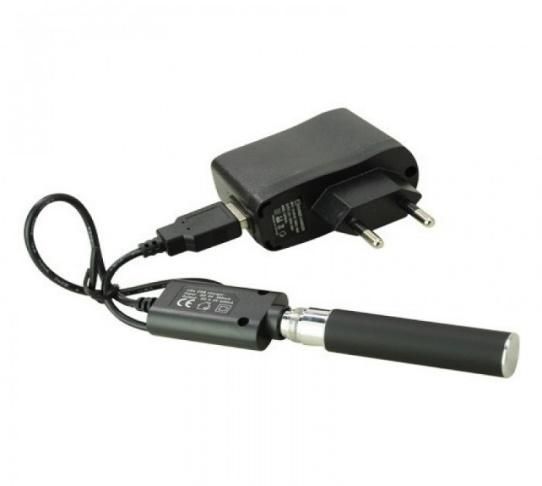
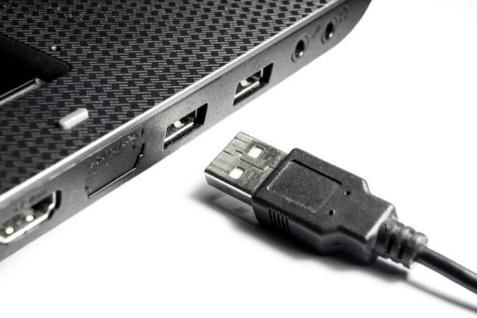
The question of the practical charge of our batteries is obvious when faced with situations that do not allow us to do with the original box (specially designed for the batteries). This is the case when one decides to charge the batteries with USB cables connected to everyday accessories such as car chargers, USB ports on laptops or simply when one has lost the charger and is replace with another.
In reality, the origin of the deterioration of the battery does not depend on how you maintain it or recharge it with the USB, but rather on the load value it is supposed to support. Intelligence on electrical and electronic devices is therefore essential to know the effects of an accumulator charger.
The types of batteries of electronic cigarettes
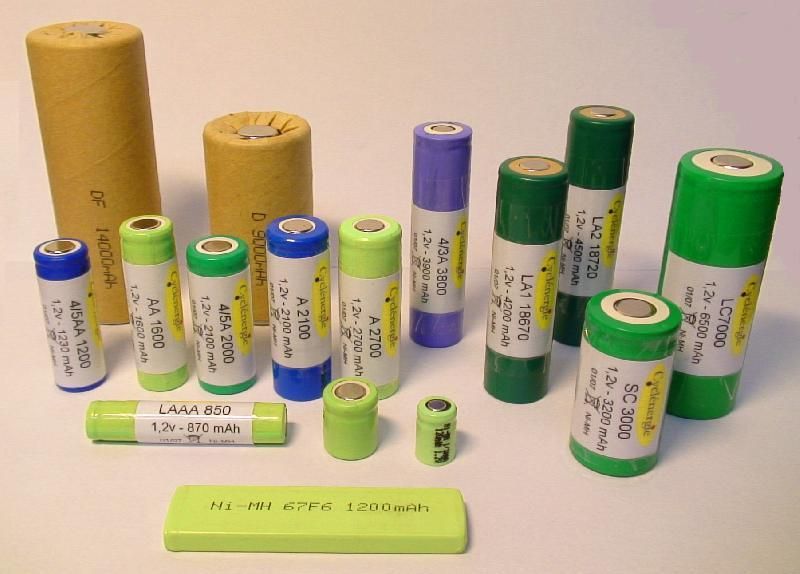
Any e-cig requires a battery to be able to heat the resistance and make the vape. This small room often looks like a rechargeable battery with 2 terminals. The important thing is not its shape but the electrical characteristics it contains.
Chemical elements
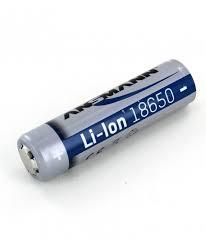
Although Lithium-ion is the most used material for small portable batteries, it is not the only current creator that can be seen in our batteries. The correct choice of a battery with good chemistry (for MRI for example) is important since the reaction of the chemical elements to the recharge is similar whatever the elements but not the capacity to absorb it. It is at the level of longevity that LI-ion and Li-po are more important.
The indications of capacity
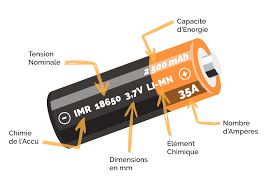
A battery is always, always accompanied by a characteristic of electrical capacity represented by a numbering of 5 digits: 18350 to 2500 mAh for example. It is important to know how to decode this small detail that indicates the load capacity that will allow you to use it wisely to preserve it for a long time without loss of power. To make short the first two digits (18 for our example) indicate the length in millimeters and the two following (35) the width, it is according to the volume that the autonomy can be more or less great. Among the most common are: 16650, 18350, 18500, 18650; so expect a little autonomy from a 18350 especially if you are in mechanic mode and you have installed a system coil quadcore stainless steel doubled a resistance below 0.6 ohms. The second row of numbers represents the discharge time of your battery, 2500mAh means the amount of electricity consumed in one hour, 2.5 amps in one hour. It is influential in terms of charging speed because the more you opt for a high-intensity charger, the less the charging time will be long. For a 2500mAh battery, a charger delivering 1A will take twice as long to charge than another 2.5A.
Load and unload options, input and output

We must double vigilance when we charge the battery, but also when it discharges during atomization. For the electro models, the reproduction of the energy towards the coil does not require a lot of attention because it is the device itself which manages the flow and the power. In the case of a mod mecha, it is quite another thing; during charging, the storage of energy must be regulated according to the capacity of the battery, do not rush to fast-charge boxes, go instead to slower chargers that take time (sometimes too much), but keep intact the autonomy. For the landfill, an essential value must be taken into consideration, this is the CDM or Maximum Continuous Discharge Capacity. The maximum discharge does not bear his name to make scientific, on the contrary it clearly expresses a limitation that the electronic system (if your battery is not protected MRI) and electrical your device must handle. If your battery has a higher-than-potential CDM, it could heat up and blow up, because high intensity always produces heat that can cause your device to explode.
What should I do if I want to charge a battery via USB?
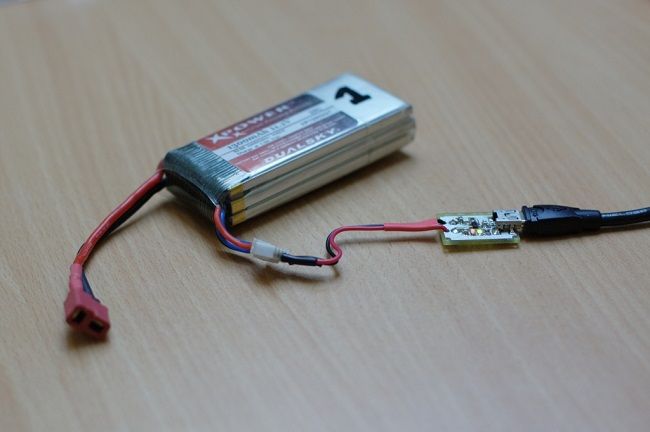
For safety reasons, some manufacturers specifically prohibit this practice because you never know how much voltage and how much power your battery will be charged at home. If there is no load limit, you may inflate the battery and push it further during unloading, which exponentially reduces its life. If no indication is made, check yourself with the basics we just saw, namely the voltage and the charging current. To get an idea of what should be done, observe the CCM (maximum charge current) during charging and the CDM during discharge. The electrical intensity provided by the office devices (telephone, computer, ...) is always low so there is no problem, except that below 1C, it will take hours and hours if you have a large 26650 for example. Non-specialized battery charging boxes may exceed this threshold with an amperage greater than the CCM of your battery for example, it may lose its autonomy very quickly because it is the voltage and chemical elements that will be affected (the imbalance of electrons is reduced little by little). So beware of smartphones chargers, mp3s or adapters with high amperages. this one will lose its autonomy very quickly because it is the tension and the chemical elements which will be reached (the imbalance of the electrons is reduced little by little). So beware of smartphones chargers, mp3s or adapters with high amperages. this one will lose its autonomy very quickly because it is the tension and the chemical elements which will be reached (the imbalance of the electrons is reduced little by little). So beware of smartphones chargers, mp3s or adapters with high amperages.
In summary, if you have recently purchased a battery, read and take precautions on its MCC and CDM, check the charging speed of your USB charger accordingly. If you are in mod mecha, revise your resistance so that it moderates the intensity of the discharged current.
Are your batteries protected?
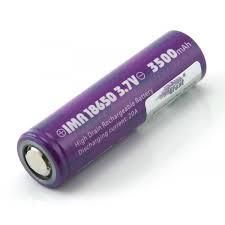
Gone are the lessons of electricity, a convenient solution could make you forget these questions of charge on USB! This is the world of protected batteries. There are protection systems that manage the electrical flow of your battery and your device. Whether a charge enters or comes out, the most feverish organ is the reservoir of energy, overloaded it explodes, over-unloading it explodes! not very beautiful life from this point of view. The solution is to buy new, armored question explosion.
Of course, it is about MRI batteries. There are not bad but the most sturdy, in my opinion, it is the AW large sizes (taking into account the place) to avoid getting to the fluff too long without vaping. Long to recharge will you say? Not at all, whether in box or USB, set your charger at a high intensity and let the battery swallow without fear, since the chemistry of MRI is very flexible compared to the intensity of the charges.

You can not afford to get protectors? Think of this: a single battery has a charging capacity of about 5,000 cycles with all the precautions taken (dedicated charger, consistent and low resistance, recharged to more than 15% discharge), and lasts about two years and half. Otherwise, by uncontrolled USB charging for example, an overload could reduce this autonomy to less than 6 months. It's up to you to do the math!



